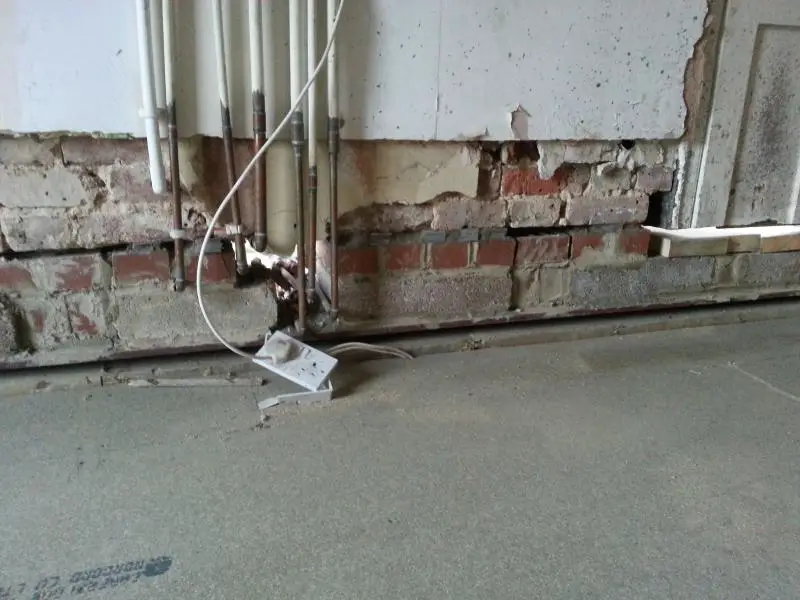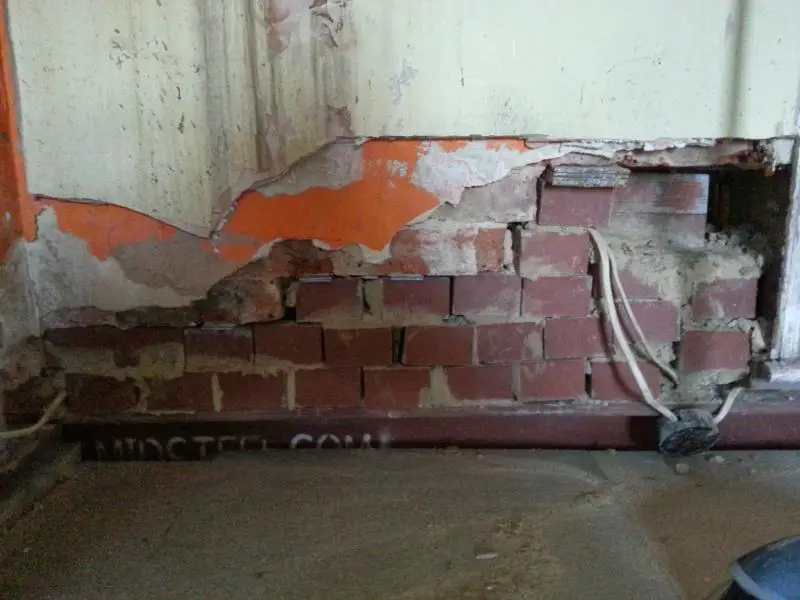We've just had our ground floor opened up into 1 big room - 1 goal post steel formation on back wall, 1 picture frame formation on the middle wall and a large steel joining the two together.
A considerable number of hairline cracks (30+) have started appearing on the floors above, and a couple that are maybe not considered hairline but a little bigger. Most of them are starting from the corners of the door frames, or where 1 wall meets another.
Some are on brickwork, some are on stud walls. Things like the the stair stringer also has the caulk separating.
The plaster is very new in the whole house, only skimmed in August. So too is the paint - in fact the top two floors have just had a total renovation. Could that have a part to play in it? Also, as you're probably aware, its been very cold.
The builder, who I actually have a good relationship with, is saying that although there are more than he would have hoped, he has done everything by the book and does not think any blame should come onto his shoulders. If it was just a few, I wouldn't mind so much but its basically every wall or architrave around a door has some form of movement, albeit only a mm or so.
He used plenty of acros to support the walls whilst putting the steels in, removing quite large holes in the brickwork above to put steel needles through for support every 900mm. 2 acros on either side of each needle. Once the steels were in he bricked up the voids and packed with steel washers, then dry packed around. Then out came the needles, and slowly these holes too are being filled in with bricks and washers.
Firstly - should I be worried?
Secondly, is this normal, or has something gone wrong/been done wrong?
Any help much appreciated.
A considerable number of hairline cracks (30+) have started appearing on the floors above, and a couple that are maybe not considered hairline but a little bigger. Most of them are starting from the corners of the door frames, or where 1 wall meets another.
Some are on brickwork, some are on stud walls. Things like the the stair stringer also has the caulk separating.
The plaster is very new in the whole house, only skimmed in August. So too is the paint - in fact the top two floors have just had a total renovation. Could that have a part to play in it? Also, as you're probably aware, its been very cold.
The builder, who I actually have a good relationship with, is saying that although there are more than he would have hoped, he has done everything by the book and does not think any blame should come onto his shoulders. If it was just a few, I wouldn't mind so much but its basically every wall or architrave around a door has some form of movement, albeit only a mm or so.
He used plenty of acros to support the walls whilst putting the steels in, removing quite large holes in the brickwork above to put steel needles through for support every 900mm. 2 acros on either side of each needle. Once the steels were in he bricked up the voids and packed with steel washers, then dry packed around. Then out came the needles, and slowly these holes too are being filled in with bricks and washers.
Firstly - should I be worried?
Secondly, is this normal, or has something gone wrong/been done wrong?
Any help much appreciated.



